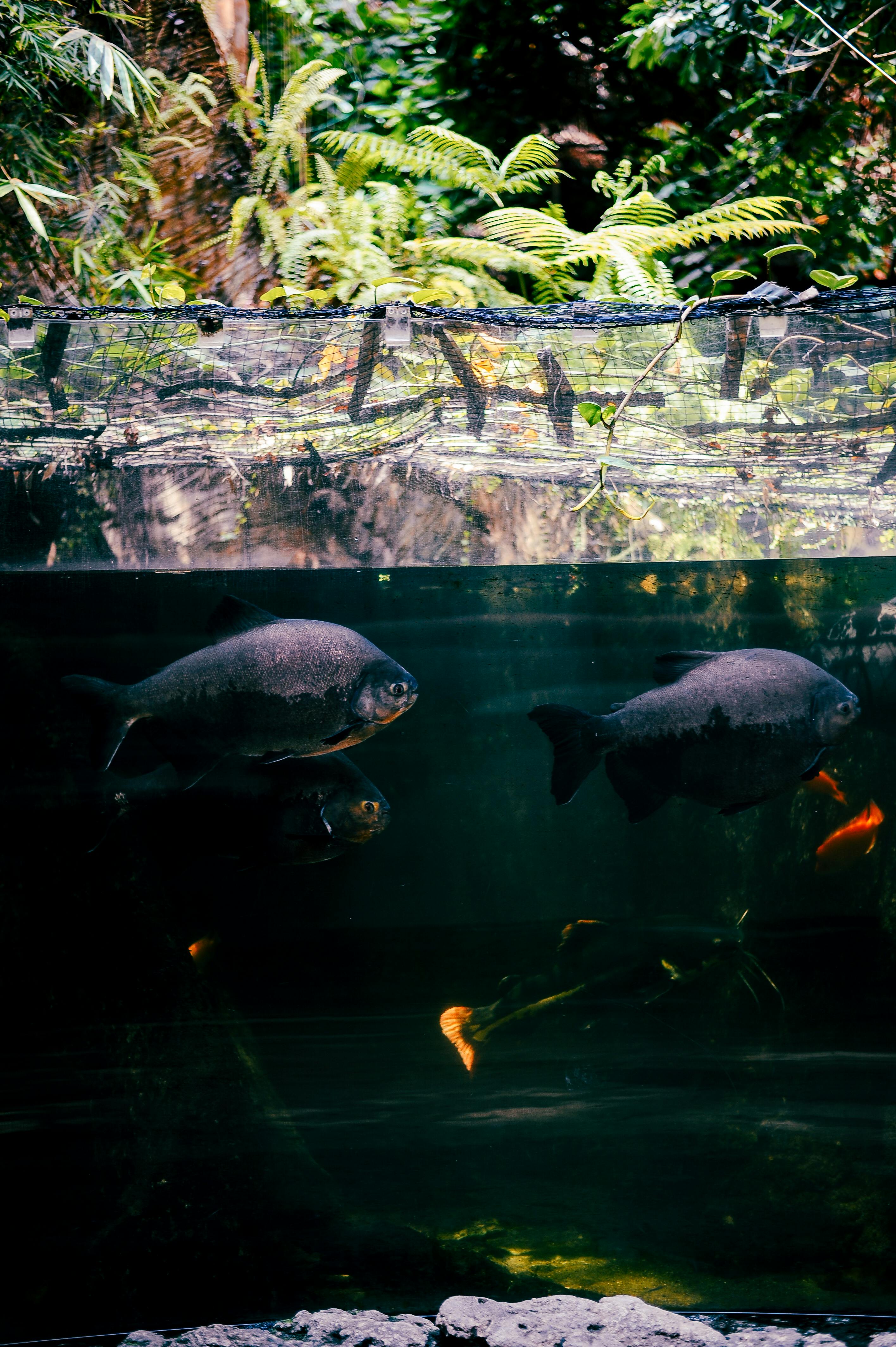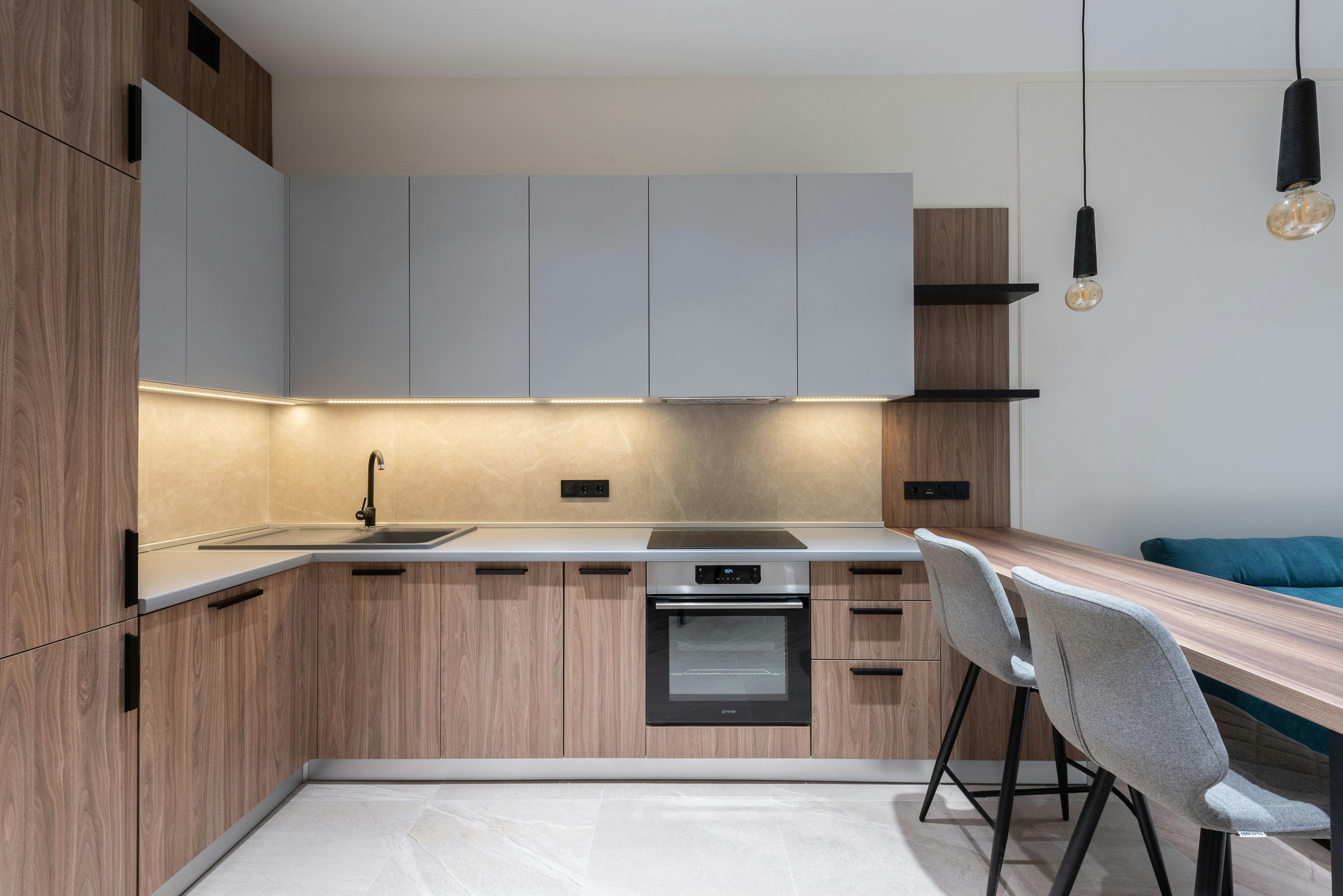Best 5 Pea Puffer Tank Options to Consider in 2025

Best 5 Pea Puffer Tank Options to Consider in 2025
The pea puffer fish, renowned for its playful personality and unique appearance, has gained popularity among freshwater aquarium enthusiasts. As a pet, these charming fish require specific tank environments to thrive and exhibit their fascinating behaviors. In this article, we'll explore the best tank options for pea puffers, emphasizing their care needs, ideal habitat conditions, and factors to consider for setting up a successful aquarium.
Understanding the importance of tank setup is crucial for anyone interested in owning pea puffers. These tiny puffers, known for their territorial nature, thrive in environments tailored to their needs. In 2025, optimal tank setups not only enhance their well-being but also provide a vibrant viewing experience for fish keepers. Here, we will dialogue with the care requirements, sizing guidelines, and compatibility aspects of pea puffers, allowing aspiring enthusiasts to create the perfect aquatic sanctuary.
Key takeaways from this guide will focus on the essential features of a pea puffer tank, starting from size to suitable tank mates. Furthermore, we will cover the dietary needs and health care approaches necessary to promote optimal pea puffer longevity and happiness.
Essential Tank Size Recommendations for Pea Puffers
Building on the basics of pea puffer care, one of the first considerations in setting up a pea puffer tank is determining the appropriate size. Pea puffers are small fish, usually measuring around 1 to 2 inches in length. However, their lively behavior and territorial tendencies necessitate adequate space for them to swim and establish their territories.
Understanding Ideal Pea Puffer Tank Dimensions
For a single pea puffer, a minimum tank size of 10 gallons is recommended. This allows the fish enough room to explore and exhibit its natural swimming patterns. However, if you plan on keeping more than one puffer or introducing tank mates, consider opting for a larger tank—preferably 20 gallons or more. This additional space helps mitigate aggression and provides plenty of hiding spots.
Factors Influencing Pea Puffer Tank Size
Several factors influence the suggested tank size for pea puffers, including the number of fish you wish to keep and the specific behavior traits of these puffers. Their need for territorial water sections means that overcrowding could lead to stress and aggression. Always take into account the ecological needs of your fish when deciding on tank dimensions.
Combining Pea Puffers with Other Species
When creating a community tank with pea puffers, be mindful of both size and compatibility. Pairing them with similarly-sized, peaceful freshwater species can lead to harmonious interactions. Compatibility testing is essential to ensure that the chosen tank mates do not provoke territorial disputes.
Setting Up a Pea Puffer Tank: Features and Decor
With the fundamental size requirements established, the next critical step is the actual setup of the pea puffer tank. Proper habitat design promotes a healthier and more enjoyable environment for the fish while meeting their needs for shelter and security.
Essential Habitat Features for Pea Puffers
Pea puffers thrive in environments that mimic their natural habitats. Incorporate plenty of plants, rocks, and driftwood into the aquarium for hiding spots and to create visual barriers. These decorations not only enrich the tank's appearance but also provide necessary cover, reducing stress during interactions with other fish.
Choosing Suitable Aquarium Plants
Selecting the best aquatic plants for pea puffers enhances both the aesthetic appeal and environmental complexity of the tank. Plants such as java fern, anubias, and hornwort are excellent choices. They thrive in a range of water conditions and are generally easy to maintain, which is ideal for beginner aquarists.
Filtration and Water Quality Management
Maintaining good water quality is vital for pea puffer health. Utilize a high-quality filtration system to ensure clean and clear water, as puffers are sensitive to poor water conditions. Regular water changes—at least 25% weekly—help maintain optimal water parameters and support the overall health of your aquatic community.
The Best Fish Food Types for Pea Puffers
Feeding habits play a crucial role in maintaining the health and happiness of your pea puffers. Their diet primarily consists of live and frozen foods, which cater to their nutritional needs and feeding preferences.
Understanding Pea Puffer Nutrition
Pea puffers thrive on a diet rich in protein and essential nutrients. Bloodworms, brine shrimp, and snails are ideal food sources that mimic their natural feeding environment. Incorporating a variety of food types can also prevent them from becoming picky eaters.
Feeding Schedule for Optimal Health
To keep your pea puffers healthy, establish a consistent feeding schedule. Offering small portions 2-3 times daily helps ensure they receive adequate nutrition without overfeeding, which could lead to water quality issues.
Common Mistakes in Pea Puffer Feeding
Avoid common pitfalls when feeding your pea puffers. Overfeeding can lead to obesity and compromised water conditions. Additionally, ensure that any live food is appropriately sized for the puffers to prevent choking hazards.
Pea Puffer Health Care and Monitoring
Proper health care is essential for maintaining your pea puffers' well-being throughout their lifespan, which usually ranges between 5 to 10 years in captivity. Monitoring health signs and understanding the common health issues can lead to improved care strategies.
Recognizing Signs of Stress and Illness
Like many fish, pea puffers exhibit specific signs when stressed or unwell. Watch for changes in behavior, such as unusual swimming patterns, lack of appetite, or hiding excessively. These indicators can signify issues ranging from water quality to territorial disputes.
Routine Health Checks for Pea Puffers
Routine health checks are vital for tracking the condition of your pea puffers. Checking their body condition, fin integrity, and color vibrancy will help identify any potential health problems early. Quick response to health warnings can prevent more severe issues later.
Ensuring an Optimal Environment for Health
Finally, always aim to provide an optimal environment for your pea puffers by managing water quality, temperature, and cleanliness. Regular tank maintenance creates a stable habitat that reduces stress factors, improving the overall health and happiness of your fish.
Conclusion: Creating the Perfect Pea Puffer Environment
In conclusion, establishing the best tank setup for your pea puffers involves understanding their unique needs, including tank size, habitat features, dietary requirements, and health care strategies. By following these guidelines and recommendations, you can create a thriving environment, ensuring the well-being of your pea puffer fish for years to come.
 example.com/image2.png
example.com/image2.png
 example.com/image3.png
```
example.com/image3.png
```